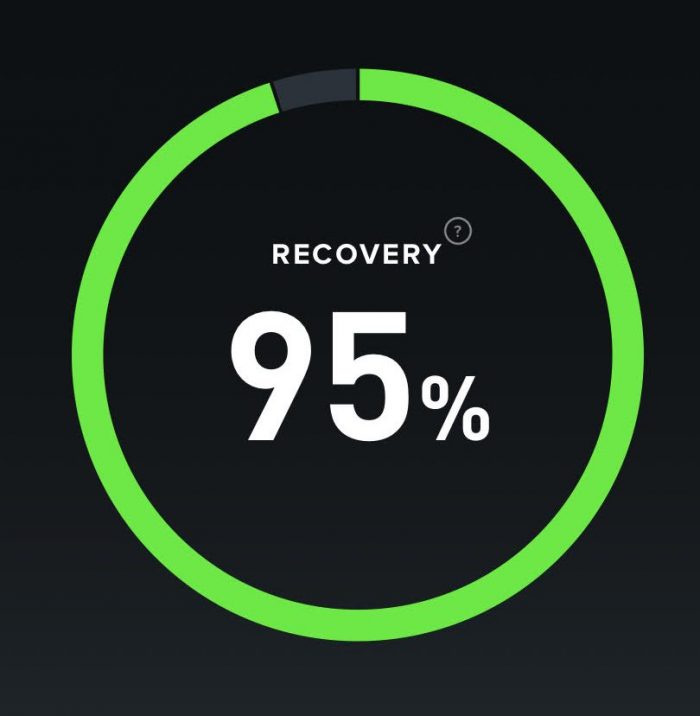
Training when you are well-recovered, at 90% or more, offers substantial benefits for optimizing performance and minimizing the risk of injury.
Adequate recovery ensures your body has replenished glycogen stores, reduced muscle fatigue, and repaired micro-damage, setting an ideal foundation for effective workouts. During these peak recovery periods, you can push your limits, leading to enhanced strength, endurance, and skill development. Also, training at such times boosts mental focus and motivation, maximizing the quality of each session.
Moreover, well-recovered training promotes long-term progress by preventing overtraining and burnout. Consistently pushing yourself when well-recovered allows for a more gradual and sustainable approach, reducing the likelihood of setbacks.
This approach complements periodization strategies, where intense workouts are strategically aligned with optimal recovery phases. Balancing challenging workouts with adequate recovery contributes to a holistic and successful training routine, facilitating continuous growth and peak performance. Always listen to your body, recover as much as you train, and make the most of your well-recovered training windows
Optimal recovery after exercise is crucial for muscle repair, reducing soreness, and maximizing overall performance.
Here are 10 ways to help you recover faster:
- Hydration. Replenish fluids lost through sweat by drinking water to maintain hydration levels and aid in nutrient delivery.
- Nutrient-Rich Diet. Consume a balanced meal rich in protein, carbohydrates, and healthy fats within a couple of hours post-exercise to support muscle recovery and replenish glycogen stores.
- Protein Intake. Protein plays a key role in repairing and building muscle. Aim for a protein-rich snack or meal after your workout.
- Stretching. Perform gentle static stretches to improve flexibility, reduce muscle tension, and prevent tightness.
- Foam Rolling. Using a foam roller can help release muscle knots and increase blood flow, promoting muscle recovery.
- Rest. Allow your body adequate time to rest and sleep. Sleep is essential for muscle repair and overall recovery.
- Active Recovery. Engage in low-intensity activities like walking or swimming to increase blood flow and alleviate muscle stiffness.
- Cold Therapy. Applying ice or cold packs to sore areas can help reduce inflammation and soothe muscles.
- Compression Garments. Wearing compression clothing can enhance circulation and reduce muscle soreness.
- Hydrotherapy. Alternating between hot and cold water in a shower or bath can aid in muscle relaxation and promote circulation.



